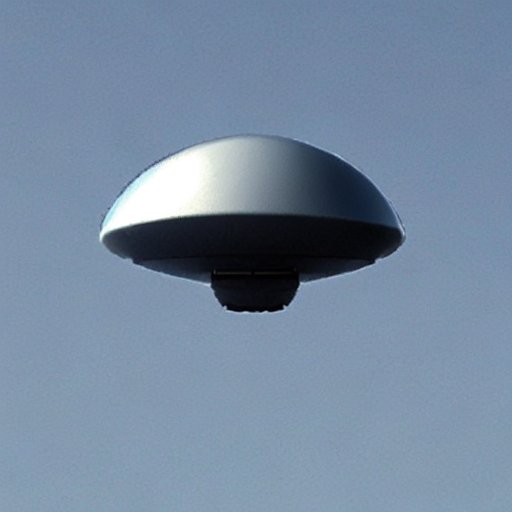I’m impressed they actually thought to include loot boxes you buy with in game currency you can pay to get more of, I was expecting that to be a loophole
I think anyone who’s tried one of these games or is the parent of someone who’s tried one of these games figures out this loophole (or alternatively , predatory practice) pretty quickly.
Let them cook, we only got steam refunds thanks to them.
It’s a sensible move by the Australian Government to restrict games with “in-game purchases with an element of chance” from being recommended to children under 15. These types of purchases, often linked to loot boxes or similar mechanics, can foster gambling-like behavior at a young age. Protecting children from exposure to such features helps promote healthier gaming habits and prevents the potential normalization of gambling risks. Additionally, with the rise of AI stores offering personalized game recommendations, it’s even more important to ensure that children aren’t exposed to content that could lead to harmful behaviors. Protecting their gaming experience now will help foster a more responsible gaming culture in the future.
While I’m happy they’re doing something, they got it backwards. In my opinion games that have simulated gambling but don’t take any real world money should be mature (age 15 suggested) or even unregulated, and games that have real world money that control an element of chance should be 18+ (legally required).
Here’s some games/series that would be 18+ if released under this law: Pokemon Red and Blue, Ni No Kuni, Knights of the Old Republic, Witcher, Yakuza, Fallout New Vegas, Dragon Quest, Final Fantasy, Fable, Mass Effect, Jade Empire, many more.
Simulated gambling isn’t really a problem it’s the real world money tied to elements of chance that’s the problem.
Simulated gambling still cause the brain to become addicted to gambling, which then in turn leads to serious issues.
I think “cause” is a little bit of a strong word here unless there are studies I haven’t seen. The studies I’ve read are about correlation between simulated gambling and problem gambling. A child who spends a lot of time on simulated casino games is more likely to problematic gamble as an adult - but that’s not a causal link. The child could like the simulated gambling and real gambling because they were already predisposed to gambling in general.
The problem with loot boxes and micro-transactions tied to chance is they let kids actually problematic gamble. And this lootbox/real world money style of gambling is also correlated with problematic gambling in adulthood yet they’re being left at mature instead of 18+. It really doesn’t make sense treating simulated only gambling harsher.
What does that even do? There are little children play call of duty
deleted by creator
Yeah, sometimes it’s not about finding the “perfect” solution, but taking 100 small steps that each move things in the right direction.
I can’t think of many minors who would be able to afford a game, so it’ll be the parents buying it anyway.
I could see it helping.
“I have to inform you that this game is rated M for Mature, and isn’t suitable for minors.”
“What? It’s just football, isn’t it?”
“It says this game has gambling that uses real world money.”
I don’t know how many sales it’d stop, but at least parents would know.
This will put pressure on studios that make E and T rated games with loot boxes (for example: Fifa). Now they have to decide between letting the game get bumped up to a M rating, losing initial sales of the game, or removing loot boxes and other gambling features.
Mario Party could also be effected if they feature a Casino or Casino-like minigame.
… I’m sorry, what?
Do … does any Mario Party game even have microtransactions? You know, specific game content unlocked by an additional purchase with real world currency? Much less ones where the outcome of a purchase is substantially randomized?
EDIT:
Games that feature “simulated gambling,” such as casino games, will be legally restricted to adults aged 18 and over with a minimum classification of ‘R 18+.’ Projects that were classified before September 22 won’t need to be reclassified unless they lose their current rating due to “revocation or modification.”
This sounds like it isn’t a retroactive change, its a going forward change. It’s explained further in the actual guidelines:
Situations where video games may require reclassification Video games that were classified prior to 22 September 2024, but add in-game purchases linked to elements of chance or simulated gambling content may require reclassification if adding this content is likely to affect the classification of the game. For example: – video games classified G or PG that add in-game purchases linked to elements of chance after 22 September 2024 are likely to require reclassification – video games classified G, PG, M or MA 15+ that add simulated gambling content after 22 September 2024 are likely to require reclassification
So… yeah, Mario Party games would have to be patched or re released or something to add more gambling content.
It does seem to indicate that, going forward, a Mario Party game that simulates casino like gambling would get an R 18+ rating, but the Mario Party franchise does not seem to me to have had any minigames that even sort of resemble a casino type game, even with neutered or non existent betting/staking mechanics, in about a decade.
The upcoming Super Mario Jamboree, though public info on the minigames is incomplete, also does not appear to depict any casino like games.
Did you read the article?
This doesn’t just cover microtransactions. In fact, the new law is harsher on fake gambling than it is on real gambling - loot boxes get classified as M, but a poker minigame is an automatic R18.
No one cares about game ratings in Australia, do they?
Australians do. As do international companies selling to the Australian market.






